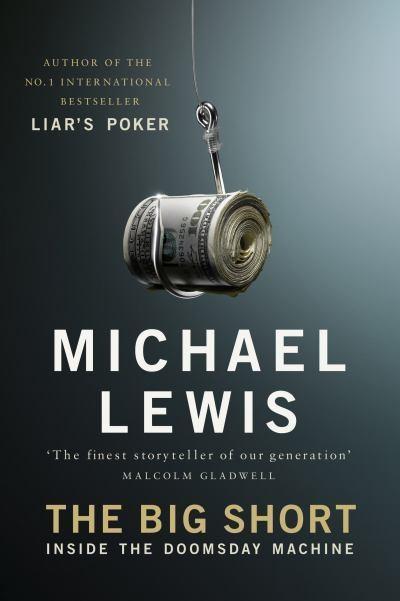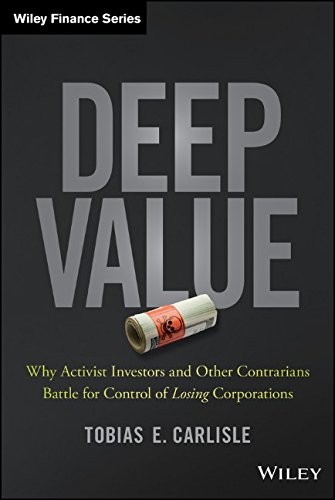Book Review The Intelligent Asset Allocator
Post on: 19 Июль, 2015 No Comment

Whats your style of investing: Stocks, or Bonds? And if you say Stocks, are you fond of Small Cap or Large Cap, and would those be in the categories of Value or Growth, and in US, European, Asian, or Emerging Markets?
Ive learned that readers of Mr. Money Mustache vary widely in their response to a question like this.
Some will immediately scoff at the simplicity of it, slicing each of the investment types above into further subcategories and then commenting on their appropriateness given our current position in the business cycle.
Others will discount stocks and bonds entirely, muttering something about Federal Reserve toilet paper and Fiat money, before talking about their portfolio of precious metals (and at the extreme end of this position, stockpiles of canned food, guns, ammo, defensible land and tinfoil hats).
And quite a few of us will say, I have no effing idea I just checked a few appropriate-looking boxes on my companys 401(k) signup sheet and Ive got the rest of my Stash in cash because I dont feel comfortable enough to invest massively in stocks!
One of the goals of this blog is to get the latter category of people to get off of their asses and start learning about real investing. You do this by reading books you might even start with those mentioned in the Book Recommendations page right here on MMM. But you must do it.
The good news is, you dont need to know anything about investing to start saving for financial independence and early retirement. Learning frugality and how to live an efficient lifestyle is by far the most important part. Paying off all your debt is a good first step. And after that, while your savings are still small, your loss from not investing is small.
The bad news is, every $100,000 you have sitting around in a 1% bank account is missing out on about $6,000 per year compared to what youd get by investing it well. Right now, it is actually shrinking. since it is growing more slowly than inflation. Your hesitance to read a few investment books is costing you $500 per month. for each hundred thousand idle employees.
So Im writing this post under the guise of a book review of The Intelligent Asset Allocator by William Bernstein . but its really more than that. An understanding of Asset Allocation is a useful and necessary brick in your understanding of stock market investing, and it is something Ive never covered properly on this blog before, so here we go!
Lets start with the concept. In a long-ago article on stock investing. I described the basic idea of an index fund and suggested that you dont have to know anything about individual stocks. You just need to find the right index funds, with the lowest management fees. By using the Vanguard investment company (www.vanguard.com), you get this without any further research.
But in that old post, I oversimplified things by only mentioning the VFINX index fund a fund that holds only very large US-based companies. Thats still a good no-brainer investment choice for long-term growth, but the concept of Asset Allocation takes it up a notch by offering less volatility (which we all understand thanks to the past decade) while sacrificing little or none of the long-term performance. To understand how this could be, check out the following example:
Imagine you start with a $1.00 investment.

Now you start flipping a coin. If the coin comes up Heads, your investment goes up by 30% For Tails, you lose 10%.
After one coin flip, you could be one of two places:
Up 30% so you have $1.30. theres a 50% chance of this
Down 10% so you have 90 cents. also a 50% chance
But what if we start over and split our money in half and add a SECOND coin, and bet 50 cents of our money on the outcome of each coin?
After one flip, you could be any one of four places:














